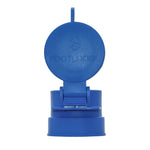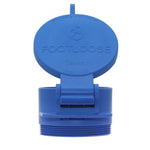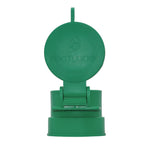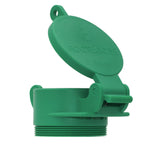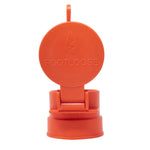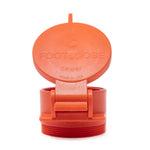You have no items in your shopping cart.
Your home’s sewer lateral carries wastewater from every sink, shower, and toilet to the municipal sewer. When that pipe is blocked or failing, you may see slow drains, gurgling fixtures, or wet spots in the yard—and in severe cases, wastewater can back up into living spaces. The U.S. EPA explains that sewage overflows pose health and environmental risks, so early action matters.
Early Warning Signs You Shouldn’t Ignore
-
Multiple slow drains or recurring backups (toilets, tubs, sinks at the same time)
-
Gurgling sounds after flushing or draining
-
Sewer odors (rotten-egg smell) indoors or near cleanouts (often hydrogen sulfide)
-
Unexplained wet or extra‑lush lawn patches, pooling, or small sinkholes over the lateral
-
“Cross‑talk” between fixtures (e.g., tub fills when the washer drains)
If you detect persistent odor, ventilate and call a pro. See ATSDR/CDC’s hydrogen sulfide overview for safety basics.
Common Causes of Sewer Line Trouble
-
Tree roots infiltrate small cracks or joints and expand, blocking flow—especially in older clay or cast‑iron laterals.
-
FOG (fats, oils, grease) cools and hardens in pipes; over time it constricts flow and triggers backups.
-
“Flushable” wipes and debris don’t break down like toilet paper and can snag on imperfections.
-
Pipe defects such as cracks, corrosion, misalignments, or a bellied (sagging) section that collects solids.
How Pros Diagnose It (Without Tearing Up the Yard)
A video (CCTV) sewer camera inspection pinpoints defects and their locations so you can pick the right fix the first time. Ask for a report using NASSCO PACP codes for apples‑to‑apples bids: What is PACP?
Repair vs. Replacement: Which Method Fits Your Situation?
Spot Repairs (Open‑Cut)
Excavate a small area and replace the damaged section. Good for localized defects; expect surface disruption.
Trenchless CIPP Lining
A resin‑soaked liner is inverted/cured inside the existing pipe to create a new structural “pipe within a pipe,” often with minimal surface disturbance. See NASTT: What is trenchless technology?
Pipe Bursting
A bursting head fractures the old pipe while a new one is pulled in behind it—typically less disruptive than full open‑cut replacement.
Pro Tip: Insist on camera verification (pre‑ and post‑repair) and a mapped as‑built so you know exactly what was fixed and where.
Cost Can Be Expensive
Actual costs vary by length/depth, soil, permits, surface restoration, access, and method. Homeowner guides often cite ranges such as $50–$250 per linear foot for excavation and replacement, while trenchless methods (CIPP or bursting) can be similar on a per‑foot basis but save on surface restoration for driveways and landscaping. Always get multiple written estimates that reference the camera findings.
Prevention: Simple Habits That Save Thousands
-
Only flush toilet paper and human waste. Keep wipes, paper towels, floss, and feminine products out of toilets.
-
Keep FOG out of drains. Cool and trash fats, oils, and grease.
-
Mind your trees. Avoid planting aggressive, thirsty species over the lateral; consider root barriers where appropriate.
-
Schedule periodic camera inspections for older homes or properties with prior backups.
-
Maintain accessible cleanouts so plumbers can clear blockages quickly.



